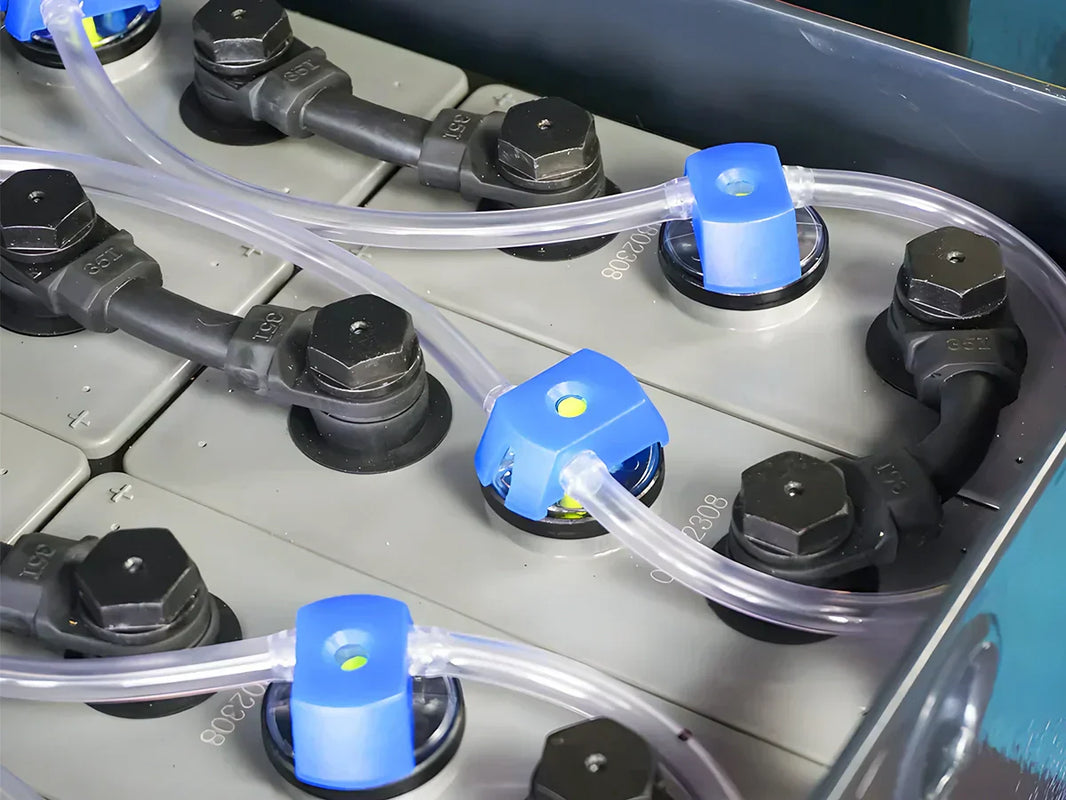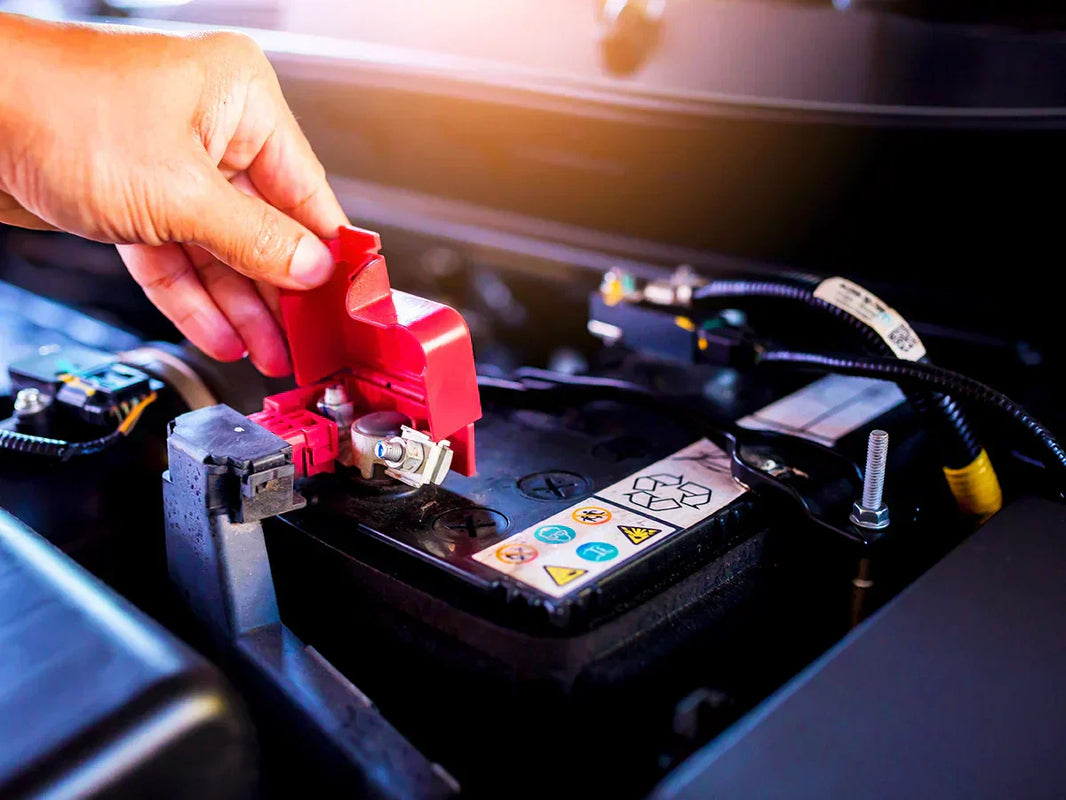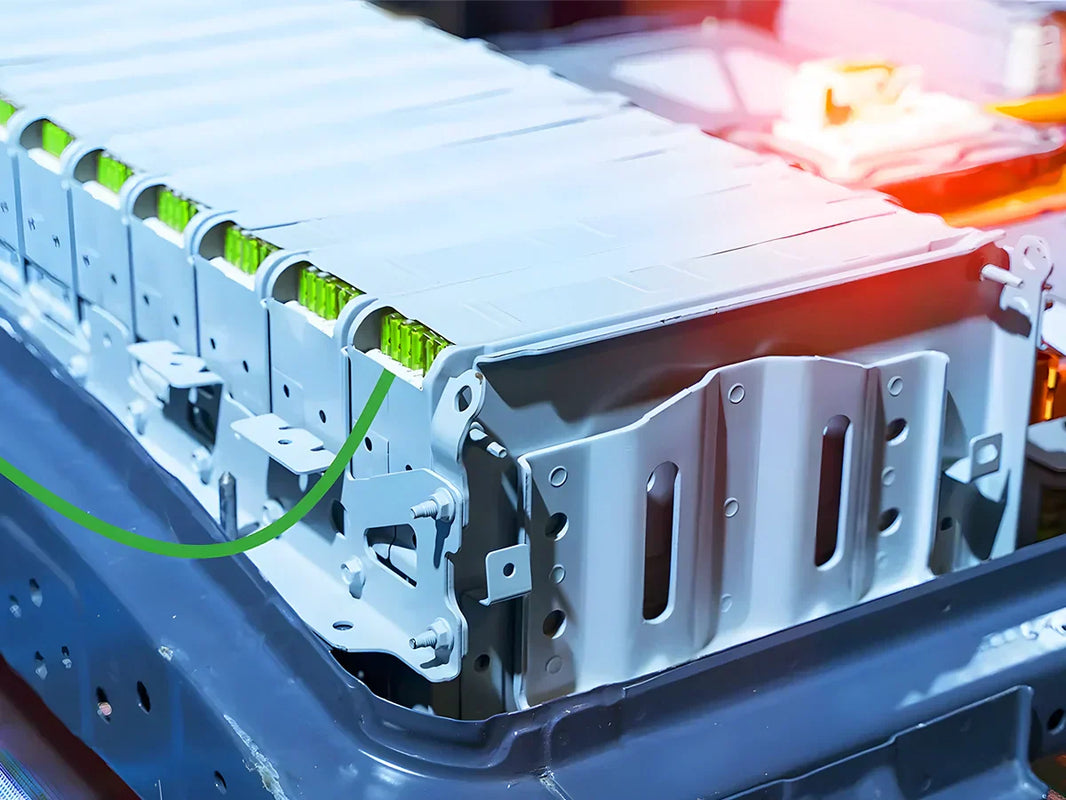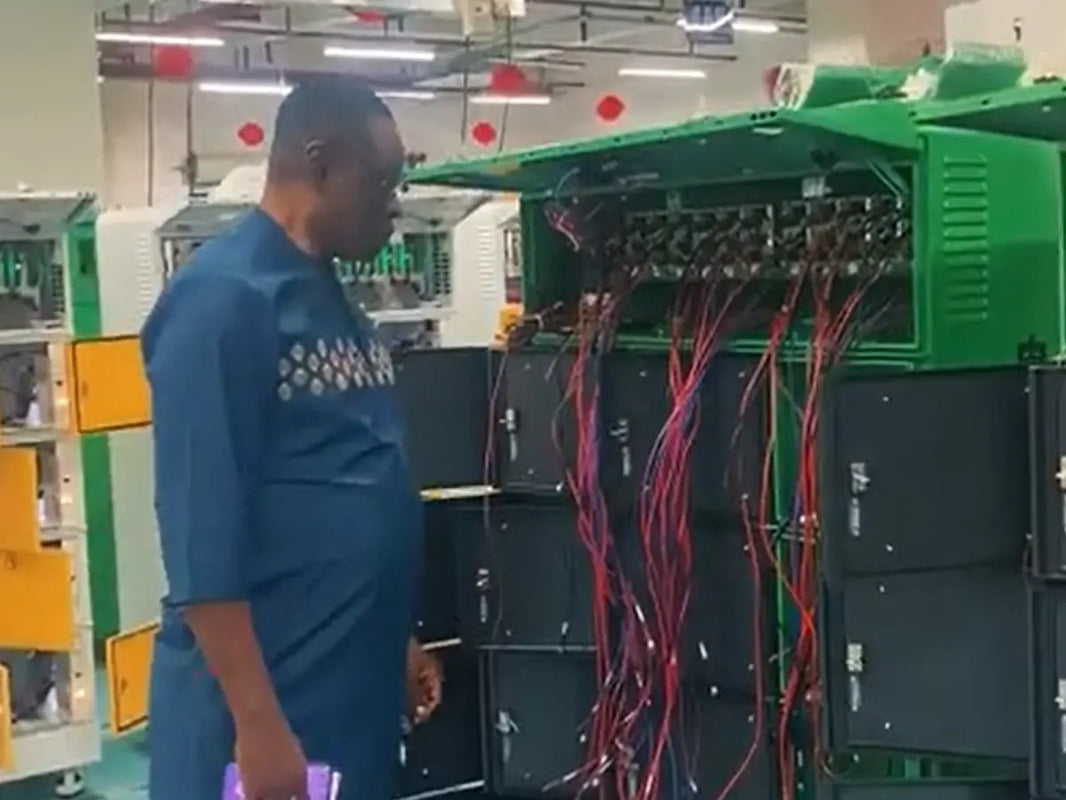
Main content:
A inverter plug plays a crucial role in connecting inverters to various electrical devices and systems. Understanding the function, types, and installation methods of inverter plug is essential for ensuring the safety and efficiency of the power system. This article will explore the working principles of inverter plug, common types, maintenance considerations, and practical applications.
Functions of inverter plug

An inverter plug is an electrical interface used to connect an inverter to electrical devices or the power grid. It allows the inverter to convert direct current into alternating current and transmit it to the connected devices or grid. By ensuring a tight connection with the socket, the plug provides stable power transmission, reduces voltage fluctuations and power loss, and ensures that devices receive a stable and safe current and voltage.
Working principles of inverter plug
An inverter converts DC power into AC power using electronic circuits such as oscillators, capacitors, and switching circuits. The converted AC power is transmitted through internal cables to the inverter’s output port, which is the inverter plug. The plug then delivers the AC power to the connected devices.

During the inversion process, the plug is typically connected to the inverter's safety circuits, such as overload protection or short circuit protection, to prevent damage to devices or safety hazards caused by excessive current. For high-power devices, inverter plug are often designed with grounding pins to prevent electric shock, especially in damp or metal-rich environments.
Types of inverter plug
By plug shape
Straight plug: Directly inserts into the socket. Common in household and small electronic device inverters for quick connection.
Angled plug: Designed with a 90-degree or other angled shape, suitable for tight spaces like behind walls or inside cabinets.
By connector type
Two-pin plug: Features two pins, used for non-grounded devices. Suitable for lightweight household appliances and small electronics.
Three-pin plug: Includes a grounding pin for better safety protection. Used for devices requiring grounding, such as computers and power tools.

By power rating
Low power plug: Designed for low power devices, typically supporting power transmission up to 100W. Smaller in size, easy to carry. Used for phone chargers, small LED lights, fans, etc.
Medium power plug: Suitable for medium power devices, supporting 100W to 1000W. Larger in size, made from durable materials like reinforced plastic or rubber. Used for TVs, refrigerators, microwaves, etc.
High power plug: Designed for high power devices, supporting over 1000W. Made from high-strength materials to withstand extreme environments such as high temperatures, humidity, and heavy pressure. Used for air conditioners, large generators, EV chargers, etc.
How to choose the right inverter plug
Plug type: Ensure that the plug type matches the energy storage inverter’s output port and the electrical device’s socket. Different countries and regions have varying plug and socket standards (e.g., NEMA plugs in the U.S., Schuko plugs in Europe). Using incompatible plugs may lead to connection issues or safety hazards. The plug must also support the current output of the inverter. Higher-powered inverters require plugs with higher current-carrying capacity to prevent overheating or damage.
Plug quality: Choose inverter plugs made from high-quality materials to ensure good conductivity and durability. Copper plugs, for example, better transmit electricity and reduce energy loss. Select plugs that have relevant safety certifications, such as UL (Underwriters Laboratories), CE (European Conformity), or CCC (China Compulsory Certification). These certifications indicate that the plug meets safety standards, reducing the risk of usage.

Plug design: Check if the inverter plug has waterproof and dustproof features. For inverters used in outdoor or damp environments, choose plugs with these functions to prevent water or dust from entering, avoiding short circuits or electric shocks. The plug’s prongs should be sturdy and not easily deformed to ensure good contact during frequent plugging and unplugging. Some plugs have anti-loose designs to maintain a stable connection once inserted.
Voltage and current rating: The inverter plug must match the inverter’s output voltage. For instance, if the inverter outputs 110V AC, the plug must be rated for this voltage range. The plug’s current rating should meet or exceed the inverter’s output current requirement. Choosing plugs with higher current ratings prevents overheating or damage due to excessive current.
Operating environment: Temperature adaptability: Select plugs that can operate in extreme temperatures if required. For environments with corrosive substances, such as chemical plants or coastal areas, choose plugs made from corrosion-resistant materials to extend their lifespan.
How to maintain inverter plug
Inspect the plug: To ensure good inverter maintenance, regularly check for damage, cracks, or deformation, especially with frequent use. Replace any damaged inverter plugs promptly.
Check wiring firmness: Ensure that the plug connections are secure before each use to prevent poor contact or sparking.
Regular cleaning: Always turn off the power before cleaning. Use a dry cloth or specialized cleaning tools to wipe the plug exterior. Avoid allowing water or cleaning liquids to enter the plug, which can cause short circuits.

Protect the cable: Avoid excessive bending or twisting of the cable to prevent internal wire breakage or outer sheath damage.
Avoid heavy loads: Do not place heavy objects on the inverter plug or cable to prevent deformation or damage.
Practical applications of inverter plug in homes
Backup power: In case of power outages or unstable power supply, an inverter can be connected to a battery as a backup power source. Inverter plug connect home appliances (such as refrigerators, TVs, lights) to ensure they continue to operate during outages.
Solar power systems: In home solar power systems or solar panels for rv, inverters convert DC power from solar panels to AC power for everyday use. Inverter plug connect the solar inverter to the home grid or appliances, providing stable power supply.

Electric vehicle charging: For electric vehicles (EVs) that charge from home power, inverters can convert AC from the home grid into suitable DC for EV charging. Inverter plug connect the inverter to the EV charger to ensure stable power transmission.
Outdoor activities: For camping or outdoor activities, inverters can provide reliable power. Inverter plug connect portable inverters to lithium ion battery pack or vehicle battery energy storage systems, powering various outdoor devices like fans, lights, and small refrigerators.
Conclusion
Inverter plug play a critical role in power systems, from power conversion to device connectivity. They are used widely in homes, industries, and emergency backups. Choosing the right inverter plug can enhance the efficiency and safety of the power system, ensuring stable and reliable operation.
The following provides you the best inverters recommended
|
|
500w
|
1000w |
2000w
|
3000w
|
|
Product image
|
||||
|
Price & Discount
|
$59.90(-14%)
|
$89.99(-36%)
|
$179.90(-28%)
|
$199.99(-33%)
|
|
Rated Input Voltage
|
12VDC
|
12VDC
|
12VDC
|
12VDC |
|
Continuous Power
|
500w
|
1000w
|
2000w
|
3000w |
|
Peak Power
|
1000w |
2000w |
4000w |
6000w |
|
More information |
Click to get the details |
Click to get the details |
Click to get the details |
Click to get the details |
If you want to know more information about Tycorun inverters, please check our 3000w inverter 12v, 2000w inverter 12v, 1000w pure sine wave inverter, 500 watt car inverter.
Related articles: rv inverter, modified sine wave inverter, applications of inverter




















